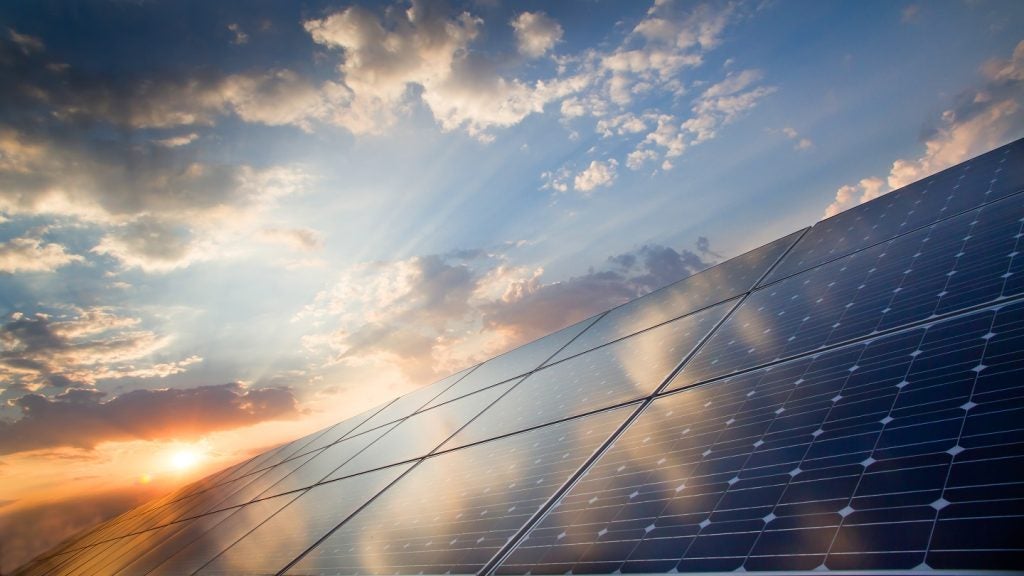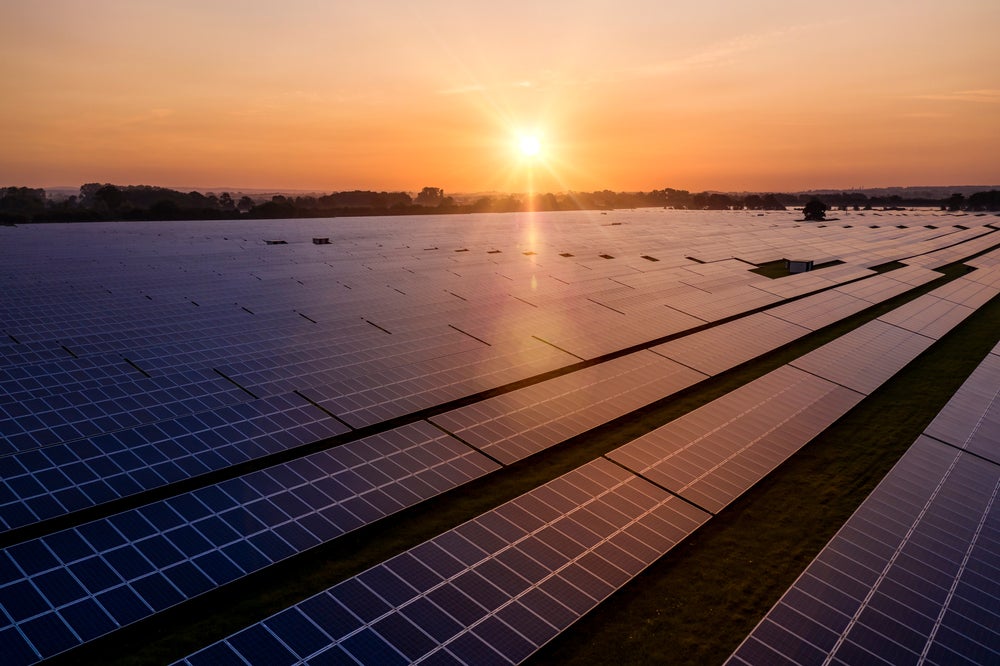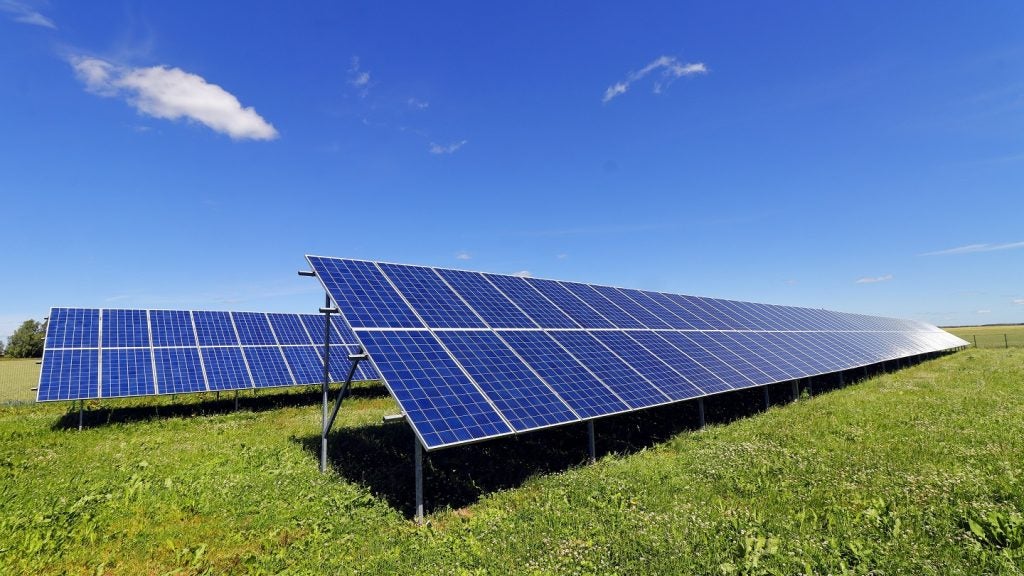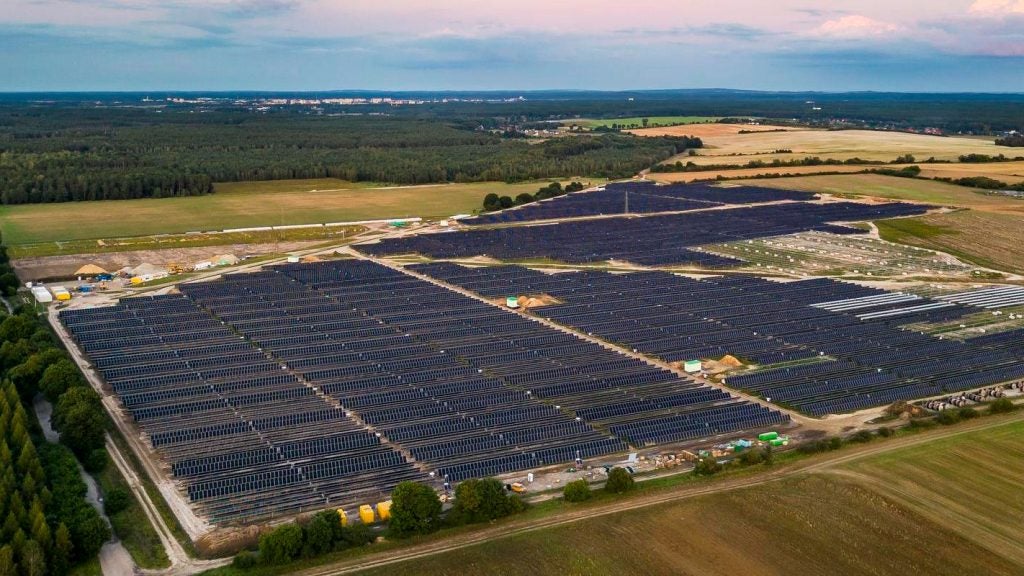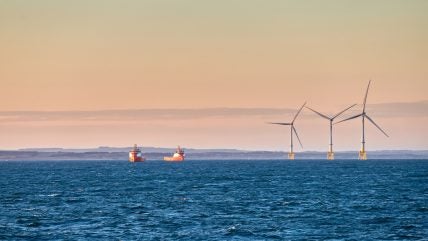
UK-based start-up Zelim has collaborated with OW, a joint venture of EDP Renewables and Engie, to pilot artificial intelligence (AI)-enabled person detection software to enhance safety at floating offshore wind farms.
The project will utilise Zelim’s ZOE technology to detect and track people, vessels and objects in real time under challenging maritime conditions.
The purpose of the pilot project is to verify the ZOE technology’s efficacy in an actual offshore setting.
Zelim will monitor the software’s live feed from cameras mounted on two turbine foundations at Ocean Winds’ WindFloat Atlantic project.
WindFloat Atlantic is a 25MW floating wind farm offshore Portugal, which began operations in May 2020.
The initiative is expected to refine ZOE’s detection models and demonstrate its operational capability.
How well do you really know your competitors?
Access the most comprehensive Company Profiles on the market, powered by GlobalData. Save hours of research. Gain competitive edge.

Thank you!
Your download email will arrive shortly
Not ready to buy yet? Download a free sample
We are confident about the unique quality of our Company Profiles. However, we want you to make the most beneficial decision for your business, so we offer a free sample that you can download by submitting the below form
By GlobalDataZOE technology can identify people and objects in the waters surrounding wind turbines, alerting the operation and maintenance control centre right away in the event of an incident.
This will improve the safety and security of the wind farm’s technicians and assets.
Zelim chief technology officer Doug Lothian said: “Finding someone in distress at sea is often a game of chance, especially when you factor in waves, sea spray, darkness and how quickly people can drift in the current.
“Couple that with the limitations of a human searcher’s eyesight and concentration. We have been developing ZOE over the last three years to increase certainty in search, even in challenging conditions.
“We see ZOE providing a safety net around offshore assets, where if somebody ends up in the water, they will be detected and an immediate alert sent, thereby enabling a fast and efficient rescue. We are thrilled to be working with the team at Ocean Winds to create a new benchmark in safety for offshore workers.”
Ocean Winds HSSEQ [health, safety, security, environment and quality] director Elena Caja stated: “As a pure offshore wind developer and operator of over 1.5GW in the world, a key focus at Ocean Winds is the increase of the safety and health of our workers and communities, which always come first.
“We are very excited for the implementation of this project and are looking forward to the results, and potential deployment throughout our projects already in operation or under construction.”



